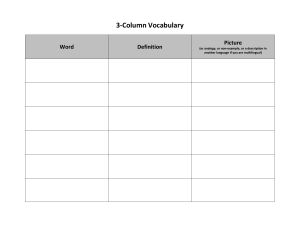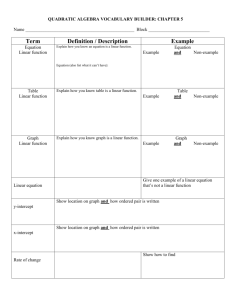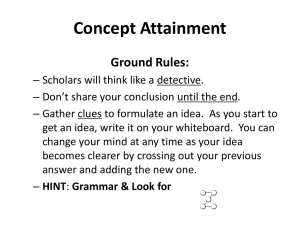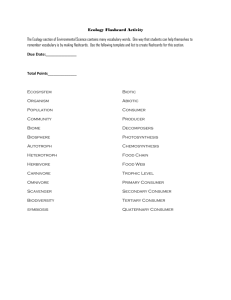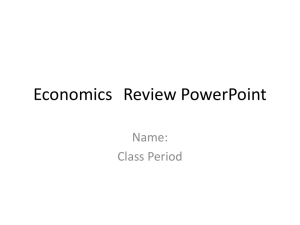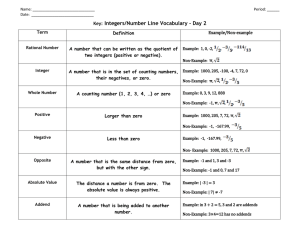Why Teach Behavior Skills?
advertisement
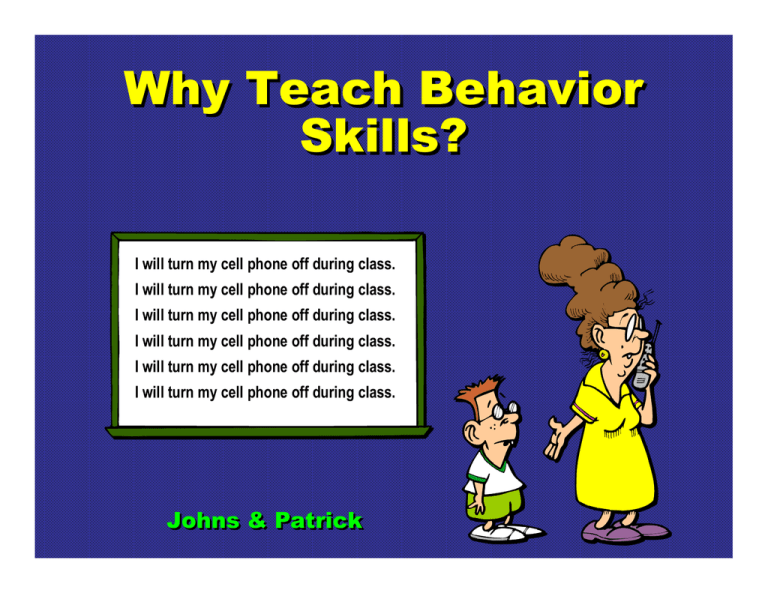
Why Teach Behavior Skills? I will turn my cell phone off during class. I will turn my cell phone off during class. I will turn my cell phone off during class. I will turn my cell phone off during class. I will turn my cell phone off during class. I will turn my cell phone off during class. Johns & Patrick Adopting school-wide expectations promotes: A culture of consistency and fairness Behaviorally specific communication Development of a behavior curriculum Consistent reinforcement and correction of student behavior School-Wide Expectations Small in number (3-5) Positively stated Modeled by all staff Acknowledged & corrected by all staff Expectations By Location Define expectations using behaviorally specific, observable examples for all areas of campus: Cafeteria Hallway Playground Quad Office Library Etc. Behaviorally Specific Examples Identify specific, observable behaviors students will demonstrate in each location Example: Be in your seat with your pencil in hand when the bell rings Non-Example: Be prepared Behaviorally Specific Examples Focus on the expected behavior rather than the misbehavior Example: When others are talking, look at them, listen to what they are saying while keeping quiet Non-example: No talking ACTIVITY: Example OR Non-Example? Possible Hallway Expectations – Walk at all times No running Possible Office Expectations – Only speak when spoken to Wait to be addressed by the secretary before stating your question/concern ACTIVITY Continued: Example OR Non-Example? Were the examples positively stated? Did we only describe the behaviors we want to see more of? Are the examples observable? Post the Expectations Expectations should be posted in easy-to-see places, close to where the targeted activities will take place Take a Proactive Stance Consistently teaching, acknowledging, and correcting a set of schoolwide expectations creates an environment which sets students up for behavioral success. Behavior Instruction 101 Introduce the skill at a neutral (scheduled) time Model & practice the skill Provide behaviorally specific acknowledgement and correction Behavior Instruction 101 Consistently enforce the skills throughout the day Provide pre-correction and prompts Re-teach, when necessary Monitor/support students to skill mastery – “until we get it right” Actively Monitor New Skills Better no laws than laws not enforced. Proverb Proverb Classroom Expectations… Provide structure and consistency Allow teacher to create a positive environment Provide legal, ethical, and professional accountability Structure for Success Teachers can enhance classroom management with explicit instruction and practice in behavioral expectations. Cell Cell Phones Phones Turned Turned Off Off in in Class Class ACTIVITY: Example OR Non-example? Possible Classroom Expectations – No Talking Come in quietly, take out your assignment and begin working No rude, mean, unkind , or silly behavior Allow all opinions to be heard without criticism Come to class geared-up and ready to learn ACTIVITY Continued: Example OR Non-example? Were the examples positively stated? Did we only describe the behaviors we want to see more of? Are the examples observable? Remember: when teaching new behavior… Label the expectation Provide rationale for using the skill Model – provide examples & non-examples Role-play or practice skill use Reinforce the use of the new skill PBS Coaches Suzy Johns Jacquelin Patrick
